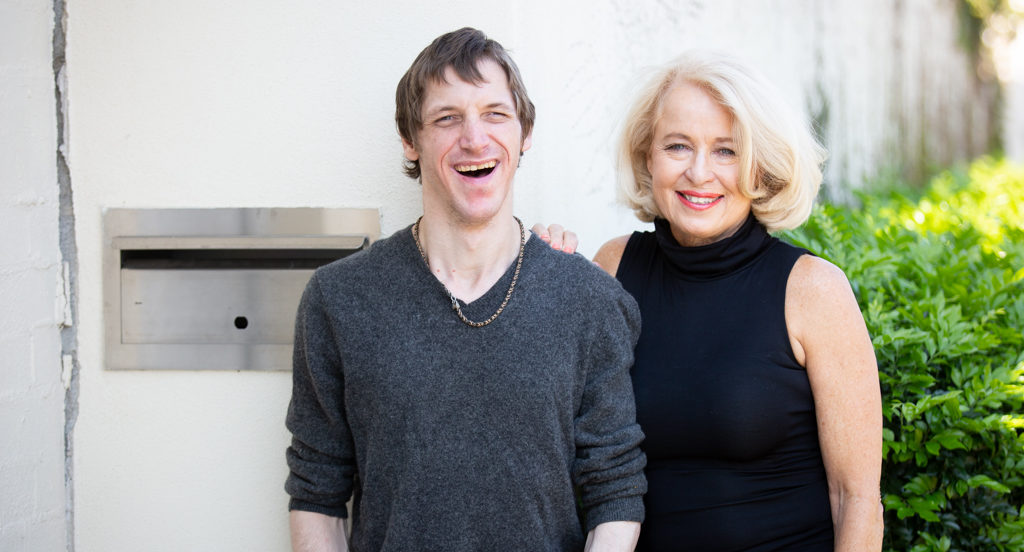
Social and affordable housing construction could lead Australia out of recession and into recovery post COVID-19. Jingeri, one of our award winning Queensland developments, challenges perceptions about housing for people living with a disability, and has been hailed as an example of what can be achieved with continued investment in new affordable housing supply.
We are so proud to announce that Jingeri was recently recognised at the UDIA Wingate national awards, winning in the affordable development category. This property and its 10 modern homes challenge preconceptions about what accessible housing looks like. It is changing lives by providing a place to call home for people living with disabilities and peace of mind for their ageing adult carers.
Joe was one of the first tenants to move into Jingeri. Joe, who has cerebral palsy, never imagined that living independently was going to be possible for him. Joe’s mother Rosemary said living independently had turned her son’s life around and that he has flourished since living there.
Recognition of this incredible property at a national level highlights the impact that modern, safe social and affordable housing makes to the lives of vulnerable Australians. The COVID-19 health crisis has now more than ever illustrated the importance of a roof over your head, for people like Joe at Jingeri, as well as for the many thousands of Australians who are vulnerable and at risk of homelessness. It has highlighted the sanctuary a home provides, not only from an emotional and well-being perspective, but also from a safety perspective, keeping both individuals safe and the broader community.
This is especially relevant in a climate where governments are being called to invest in a social and affordable housing construction stimulus program, to lead Australia out of recession and into economic and social recovery. Social and affordable housing continues to decline as a proportion of all housing stock, despite demand for this housing being well in excess of supply. The impacts of the COVID-19 pandemic will see this demand continue to increase for some time after the immediate crisis. Forecasts suggest that Australia’s economic recovery will be slow, compounded by a second wave of business closures and job losses once the Government’s temporary assistance packages are wound back. There is likely to be additional demand for affordable housing coming from new groups, for example those who have been sustained temporarily in the private housing markets, but who will lose jobs, incomes, and access to COVID-related government assistance programs over the coming months. These people are much less likely to be able to get back to work without a stable and affordable place to live.
As a stimulus, social and affordable housing projects work. They can be rolled out at scale across Australia, not only in capital cities but also in regional areas. This kind of stimulus is therefore able to provide simultaneous economic benefits across a range of locations, as well as address the very real housing need being experienced by thousands and thousands of people across Australia.
In comparison to large, single-location infrastructure projects such as tunnels or ports, residential construction is able to ramp up quickly to kick start the economy. The spinoff impacts activate employment opportunities for a range of people across the building and construction sector and down the supply chain.
With a social and affordable housing construction stimulus, the government has an opportunity to deliver an important legacy project that will place it firmly at the forefront of global responses to this pandemic. A stimulus program such as this will not only deliver economic results- but will change the lives of many Australians in housing need.
Rebecca Oelkers
BHC – Chief Executive Officer
_

